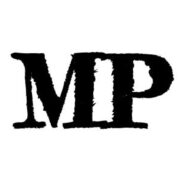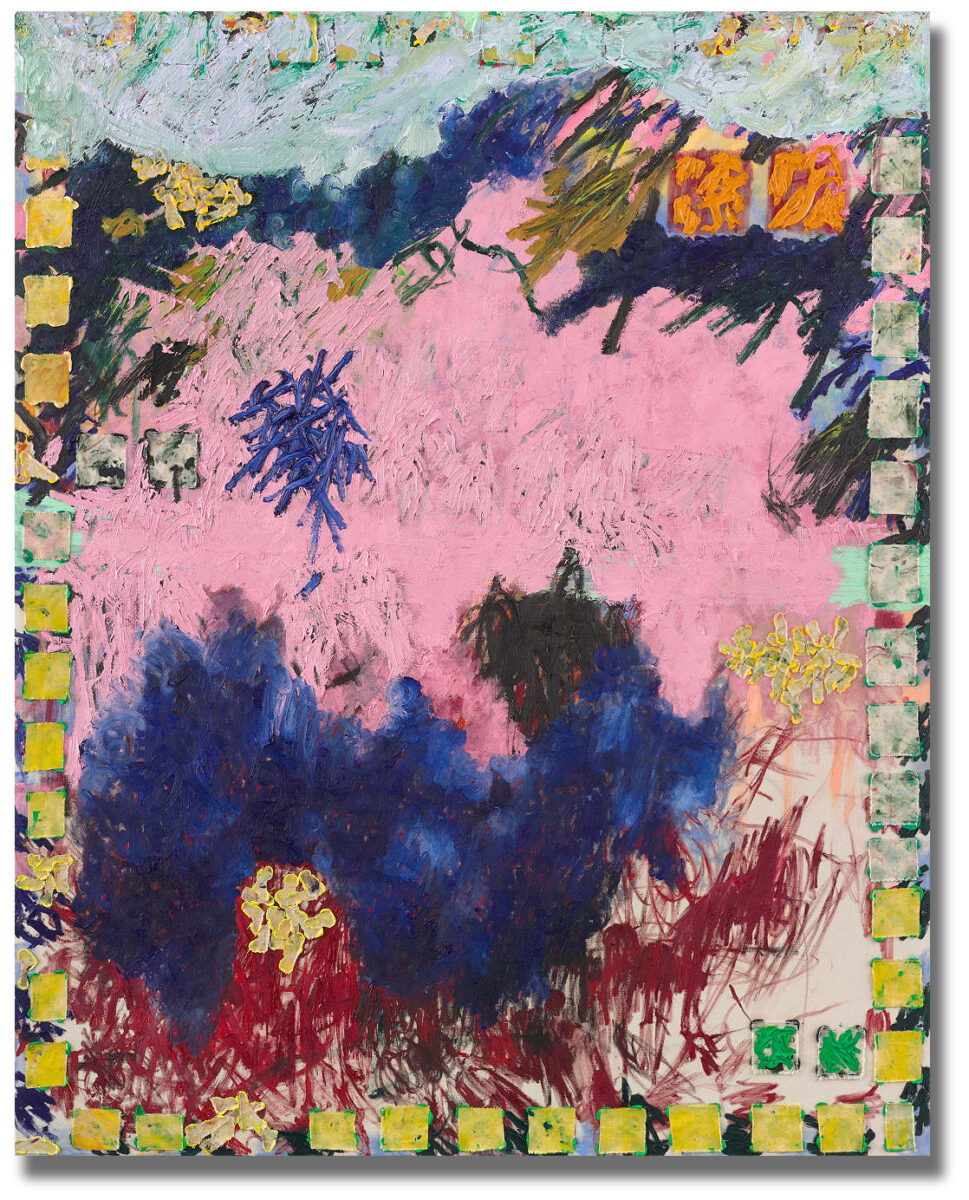
Image courtesy of Sim Smith
Daisy Parris sits down with Erik Sommer to talk about jigsaw puzzles, the history of South London, the difference between painting on paper and canvas, and being healed by the process.
I am a sucker for nostalgia.
(ES) Tell us a bit about your background. Where did you grow up?
(DP) I grew up in Kent, England. We moved around a lot and often I would stay with family in London. I went to college in Kent and then moved to London to study when I was 18.
Where do you live and work now?
I live and work in South London.
How do you think this has influenced your work?
It influences my work a lot because I am a sucker for nostalgia. I get to walk a lot of the same streets that my mum and dad did when they grew up in London in the ’70s and ’80s. I love revelling in the history of South London and I walk a lot just taking in everything around me. Colours, textures, filth and feelings from my walks often show up in my work. Memories and feelings of nostalgia always come through in my work because I reflect a lot on where I have come from and my place in my world while I paint.
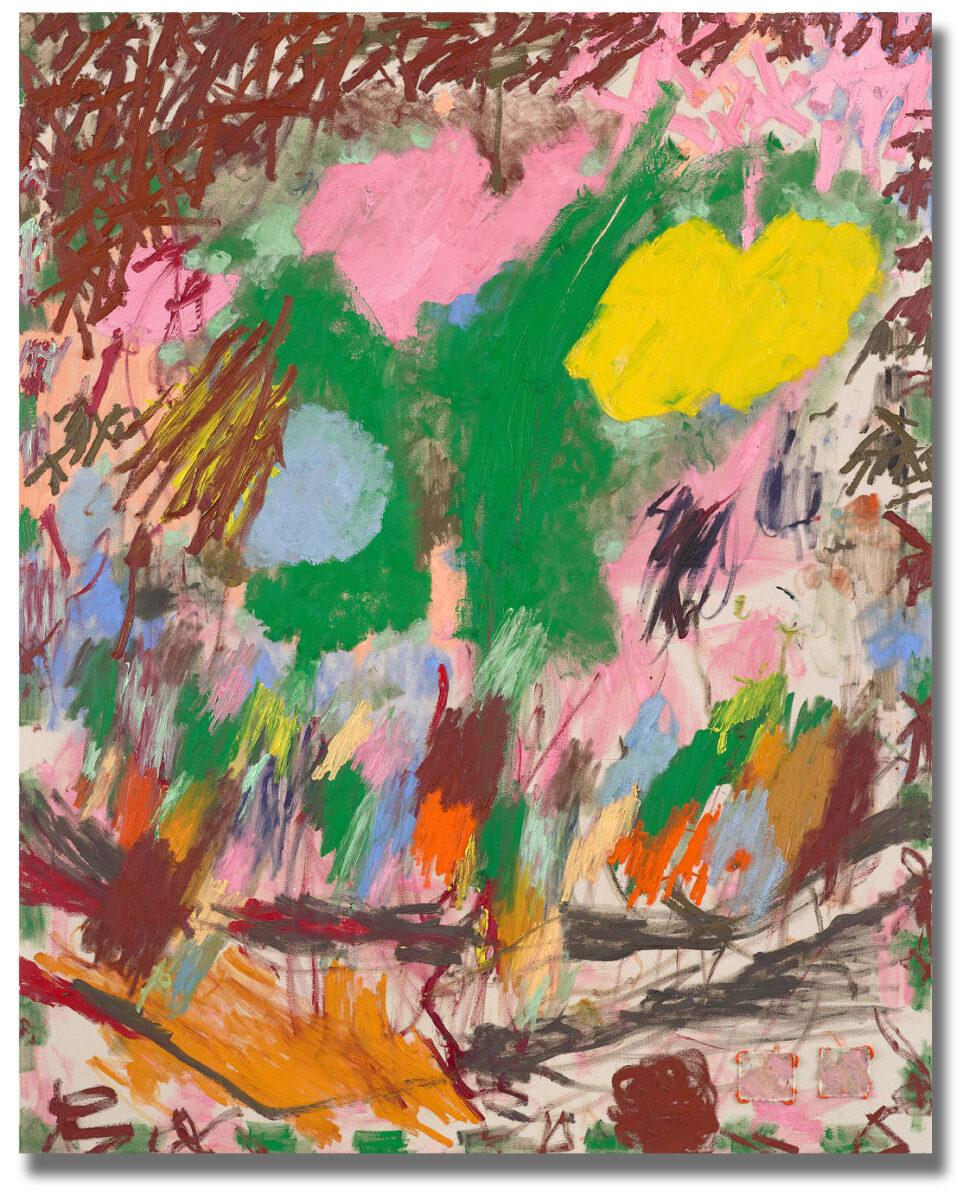
Image courtesy of Sim Smith
Any artists today you are looking at?
I am looking at Leon Golub’s work a lot. It has heavily influcned me since I saw the exhibition of his work at the Serpentine in London a few years ago. I find the scale and subject matter of his work terrifying.
You work on both paper and canvas. Do you prefer one over the other?
They both provide different qualities to my work but essentially I use them both in the same way. I love painting on paper because it is so smooth and takes the paint so well. I love it when the oil seeps out of the paint, like it is alive. It is a contrast to when I paint on canvas because the surface is so rough and dry. It takes me a lot more effort to push paint around on canvas than paper.
Your canvases are quite large. What do you like about working at such scale?
I love painting huge but working on small scale paper is so important to me too becasue I love making very intimate work. Large scale work consumes me and my body but I am often too precious when making it. With works on paper I have nothing to lose so I can take risks and make interesting decisions. It is a challenge to upscale the frantic carelessness, as well as intimacy, of the works on paper onto large scale paintings. The way you move around the surface is entirely diffrent, and the process of looking becomes far more difficult for me when making large work. Ultimately I love being overwhelmed by colour and texture so I will be pushing myself to make even bigger work.
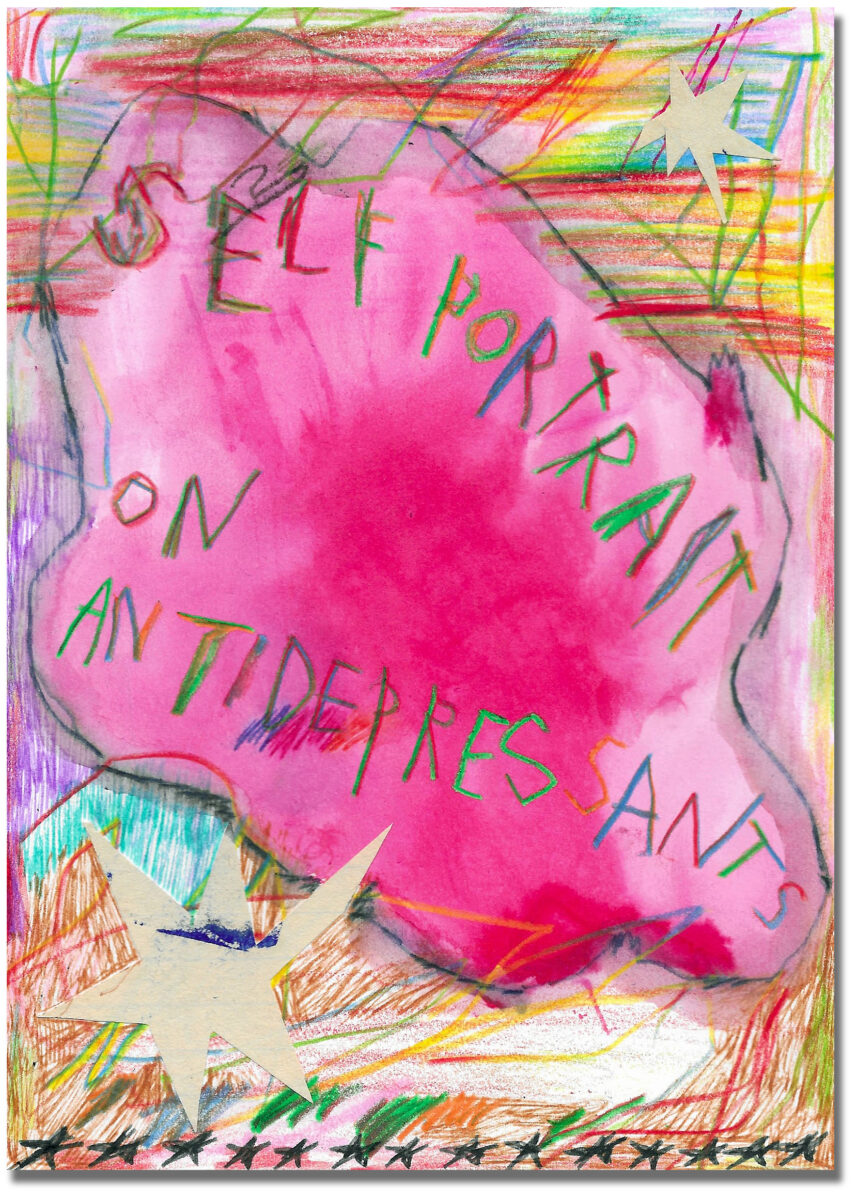
Image courtesy of Sim Smith
There is a great sense of empathy that comes through in your work. Do you have other creative outlets, such as writing or making music?
I do write quite a lot, whether it is poetry or collections of words. Sometimes what I write ends up in my paintings but more often than not it remains hidden away, waiting for the right moment to be used. I make music too but it has always been either painting or music. I can never manage to balance my music and painting at the same time because they are both so intense and take a lot from me mentally. I paint hard and play hard so it has to be one at a time.
Are you more concerned with the process or the end result?
The process means a lot to me and it always seems to heal me. At times I find it so frustrating because I do not know how to solve the painting. The end result is the most important because that is what is going to last and that is what people are going to respond to. I want my work to ignite some sort of emotional or visceral reaction when someone engages with it. All of the reflecting and problem solving I do during the process of painting is present in the final result.
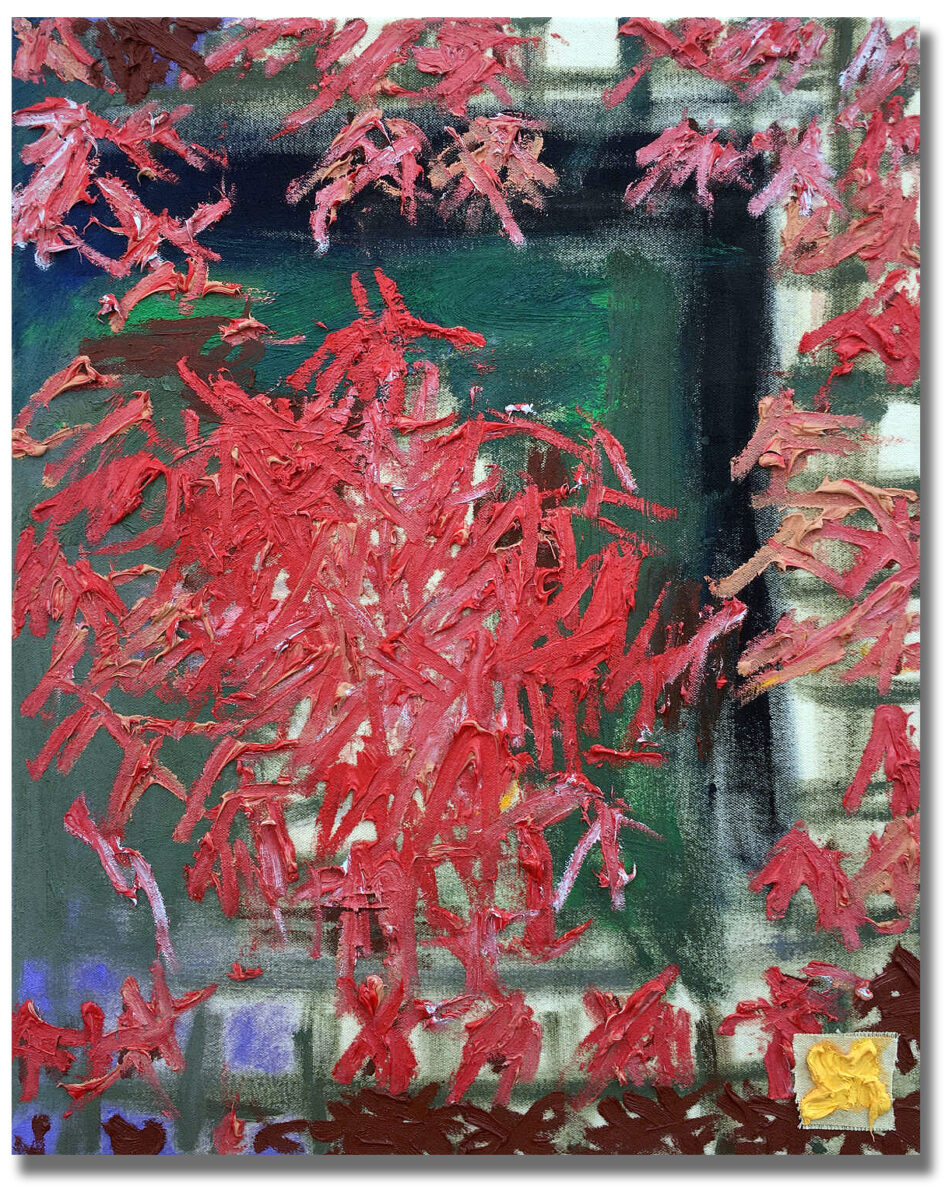
Image courtesy of Daisy Parris
What is your normal studio practice like? Any routines or superstitions?
I like to make sure I have eaten before I paint otherwise I cannot concentrate and I will get distracted. I always say hi to my plants when I come to the studio. I procrastinate a lot. I always have music on. I sit and look at the work I am making a lot and I usually have several pieces on the go at once so that I can float between work that is going well and work that is not. Lately I have been mixing large quantities of colours so that I can just crack on and paint and there is no excuse not to keep working because I have everything prepped. I have a jigsaw puzzle to do when I am struggling with painting. I find it helpful to work on the puzzle because it has a solution and takes my mind off everything.
What about your working technique? Walk us through how you start and then develop a piece.
I usually clean my brushes on the freshly stretched canvas. I try to make it as dirty as possible so that it is less daunting to begin painting on when I am ready. Usually I have a vision of a colour, composition, shape, texture or word that I begin to paint. I try to not restrict myself and leave the process as organic as possible. I am very intuitive when I paint. I try to build up light layers of paints or marks and use paint scarcely at first. I often leave certain areas untouched and build others up so extreme and thick with paint that it is jarring.
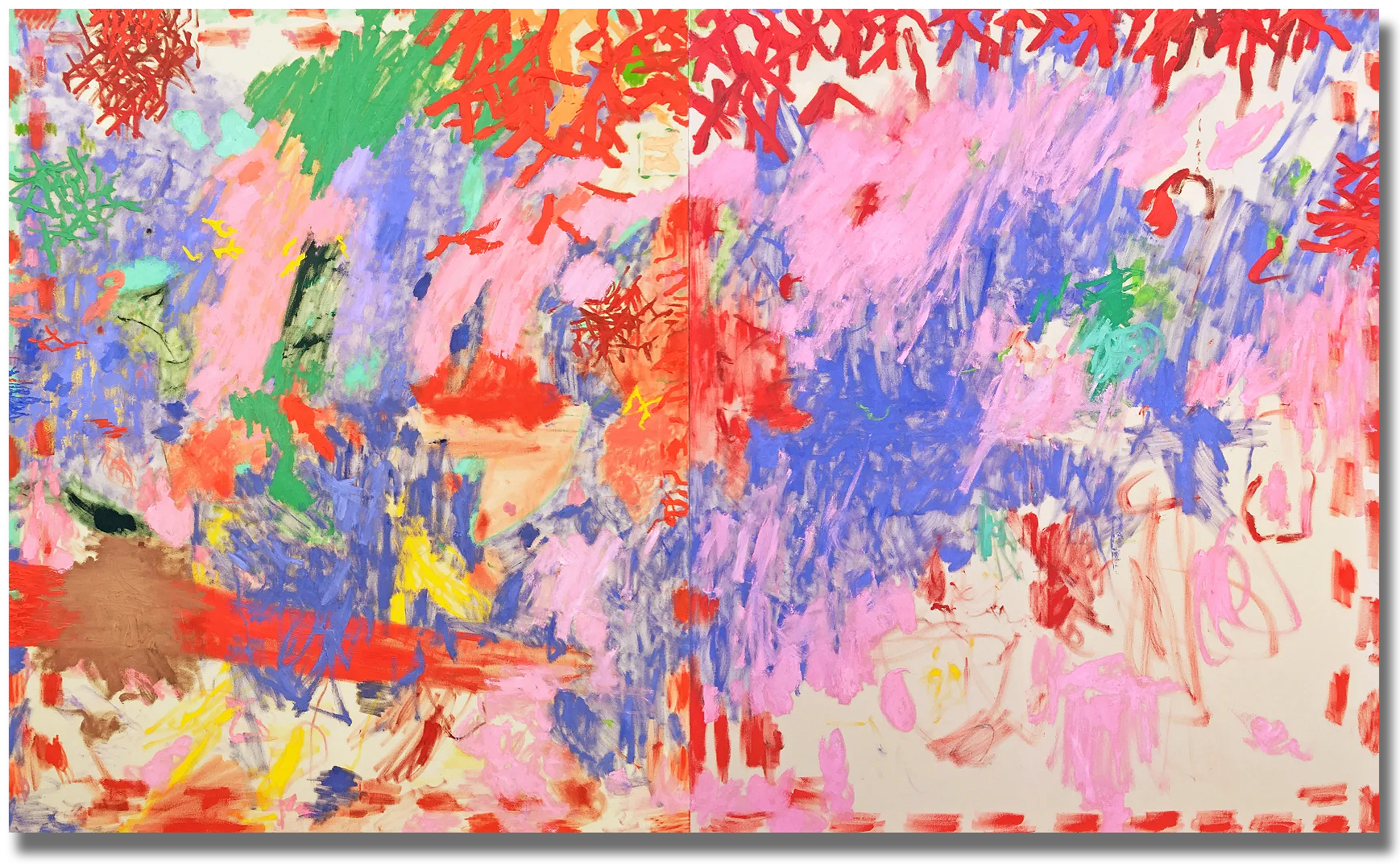
Image courtesy of Sim Smith
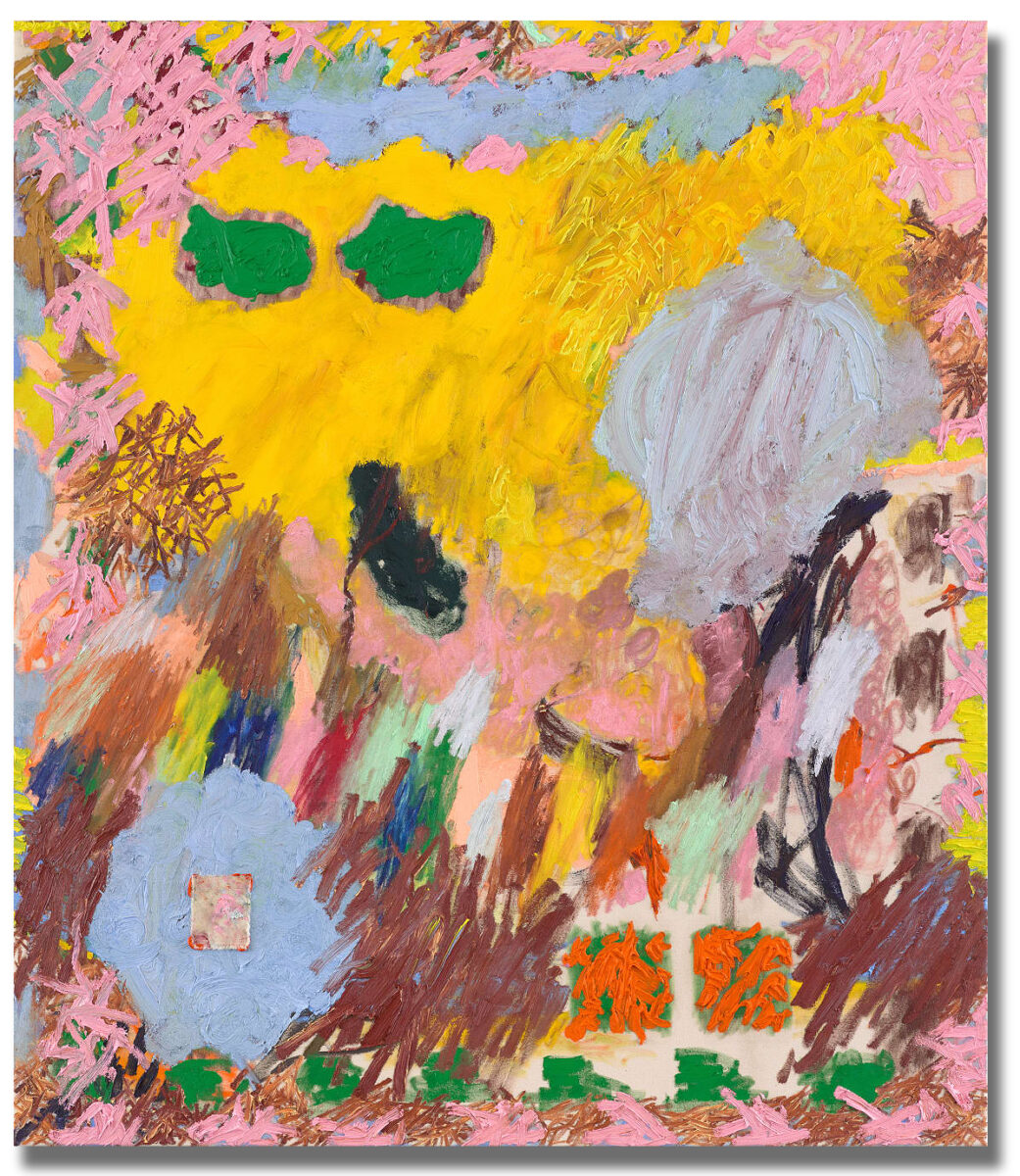
Image courtesy of Sim Smith
What excites you the most about the current art world?
The fact we can challenge it, hold it accountable, make sure it changes and adapts and is more inclusive. There is so much room for improvement and we can put it all into practice. I love the thought that there are so many artists quietly working away and focusing on their practice, away from all the noise of social media.
Any recent or upcoming projects?
For now there is not much I can share, but I have lots coming up in 2021. I will be working on the biggest paintings I have ever done and thinking big.
Finally, what is your favorite color?
Ever since I was a kid it has been green and I do not know why. Nowadays I love pink because I feel so much looking at it. It can be so warm sometimes and other times sickly and jarring.
To see more of Daisy Parris’s work visit her website and Instagram page.
